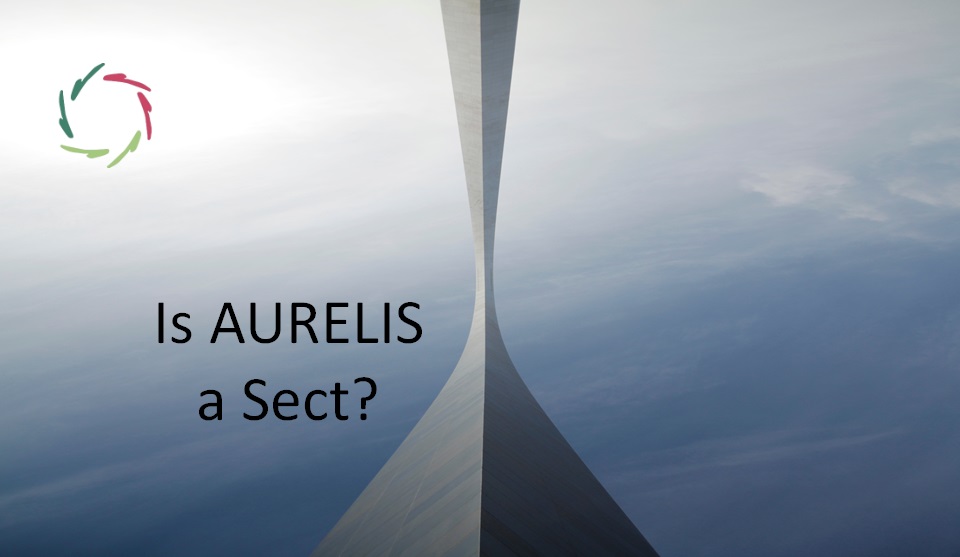Islamic Veil

This is an example of a broader issue. There is nothing intrinsically particular to Islam nor to the veil, besides being a kind-of-religion and a kind-of-piece of cloth.
Open Religion
I see a huge difference between nonconceptual re-ligion (‘Open Religion’) and any conceptual ‘god-view’ called religion where openness, depth… are barely understood.
For more about this, [see ‘What is Open Religion?’].
No room for oppression
From a non-Islamic viewpoint, the Islamic veil frequently seems to be an instrument of female oppression. If oppression is the veiling reason, whether it be by father, mother, uncle, brother or even oneself (!), then there is of course no point in wearing it at any place of the world. The oppression of women for no other reason than being women, is never OKAY, as it is never OKAY to oppress anyone for just being this or that particular kind of person in sex, color, number of hairs or toes or anything in between.
Moreover, using the veil as instrument of oppression has nothing to do with re-ligion. Nor has such use of any utterance of depth at all. For instance, in the same vein: why does a Western bride sometimes weir a veil? Oppression? I don’t think so. If it would be, it would be so wrong.
As high-quality symbol
For more about symbolism, [see: ‘Symbolism lost. Symbolism regained.’]
Acknowledging the importance of any true symbol, wearing a veil is as such hugely interesting. It’s a pity when a society bans such symbols. Even more: it’s downright dangerous in view of what else may take the place of the banned symbols. People need the vertical communication that comes with symbols. If this isn’t realized in a nice way, it will be so in a bad way.
However, as you may have read when following the links above, true symbolification emerges from completely inside. It is indeed a ‘vertical communication’, very different from a mere sign.
Thus, instead of banning, it’s better to support and inform. Needed is a proper insight in depth and symbolism itself. Not very common nowadays, regretfully.
The wearing of a veil can also be very elegant.
Why not? Elegance is beauty that comes from deep inside [see ‘What is Elegance?’]. This way, it’s always related to re-ligion. Naturally, people make their holy shrines / temples beautiful. Almost never do they think that religion should specifically not be beautiful.
I personally have concrete experiences of finding a veil – properly worn – very elegant. OK, most pronounced in meditational context and with the sea as a background… 😉
Thus, a true symbol can also never be imposed.
It’s organic. It needs to grow from deep inside, like a lotus in a pond. Thanks to Buddhism for this nice symbol of what a symbol is about. If you try to tear the lotus towards the surface of the water, you break it. It’s dead.
Likewise, aggressively imposing to wear a veil – or to use any ‘symbol’ from any ‘religion’ from any part of the world – is deadly to the symbol itself. Thus, it’s anti-re-ligious. In a proper sense of the word, it’s sacrilegious.
So, there is no question of ‘allowing any culture/religion to impose its religious symbols on anyone.’ It’s just plainly impossible. There is no such symbol.
Should then any kind of veil be tolerated?
Sure… on condition that oppression – aggressive as it always is – under disguise of religion be banned.
This is applicable everywhere. Moreover, in a culture in which true Western enlightenment is essential, it runs counter to this culture. There is then not a question of tolerance versus no tolerance, but of a balance between tolerance-of-this versus tolerance-of-that.
Equally so would be a banning of the veil, for the same reason.
To do: making clear that ‘religious’ oppression is not to be tolerated.
Ah, I would like to see a ‘day of the veil’ on which all women are invited to weir one (or a scarf…) as a sign against such.


